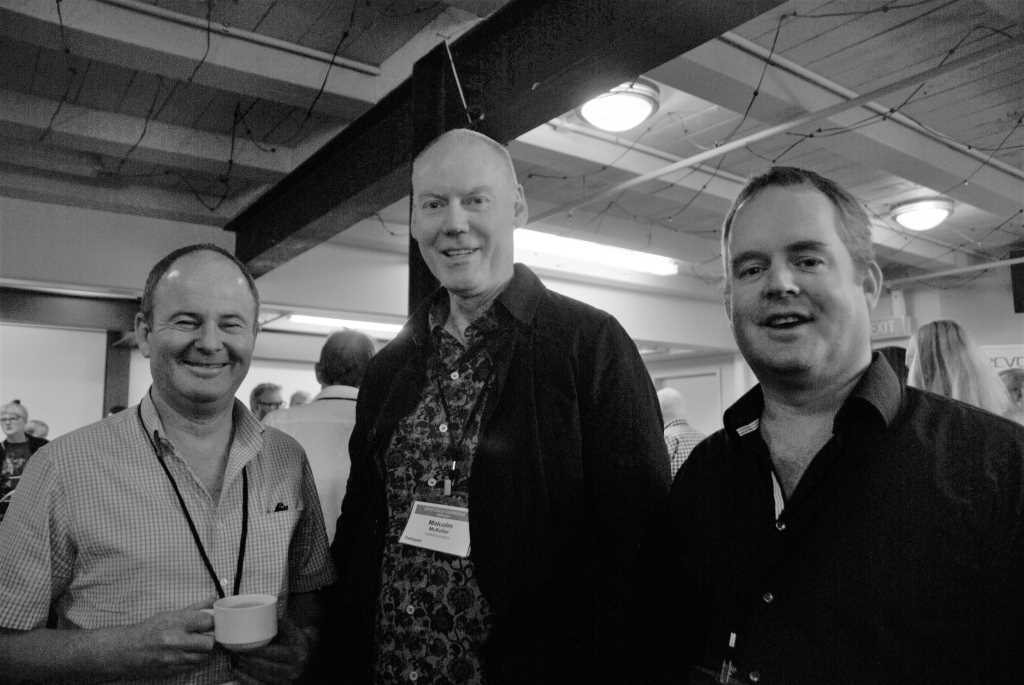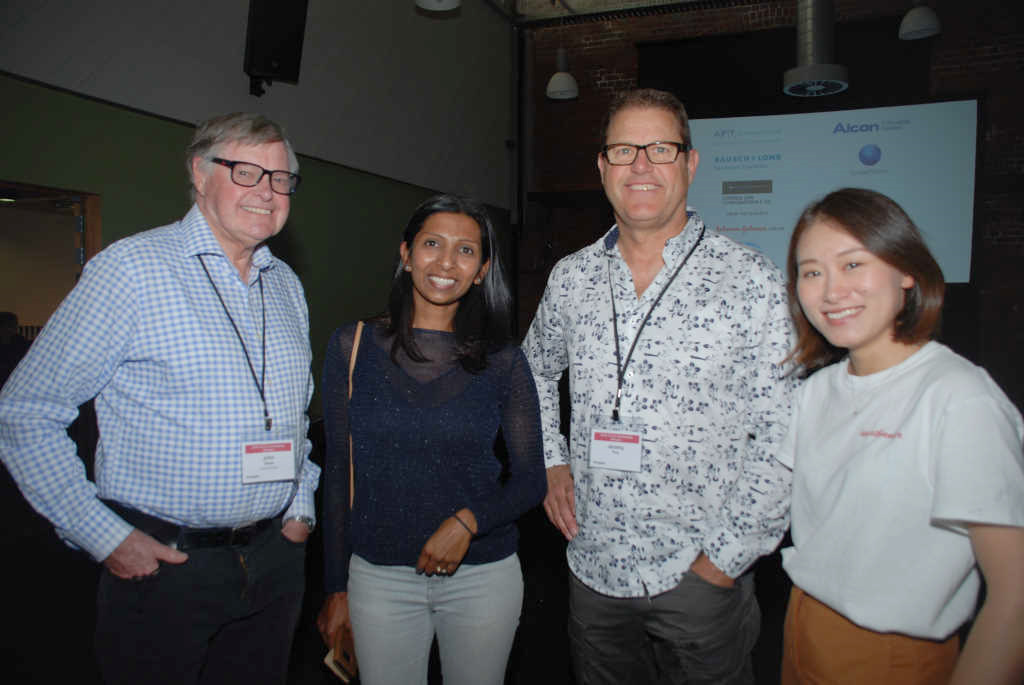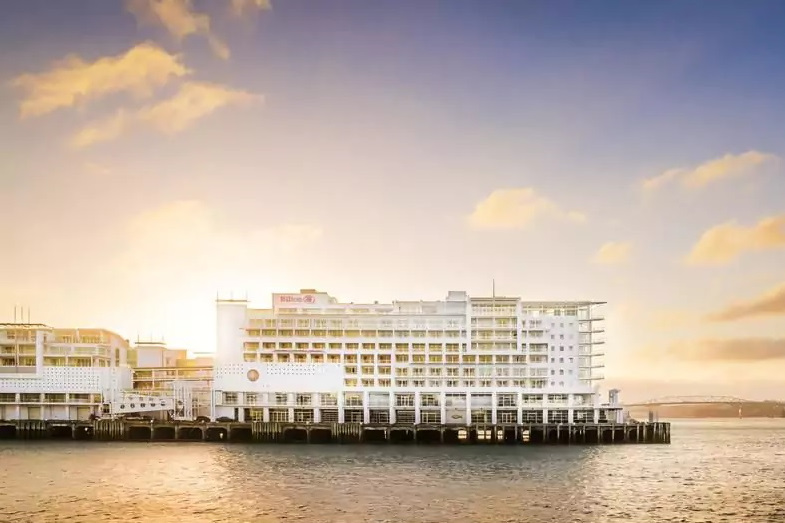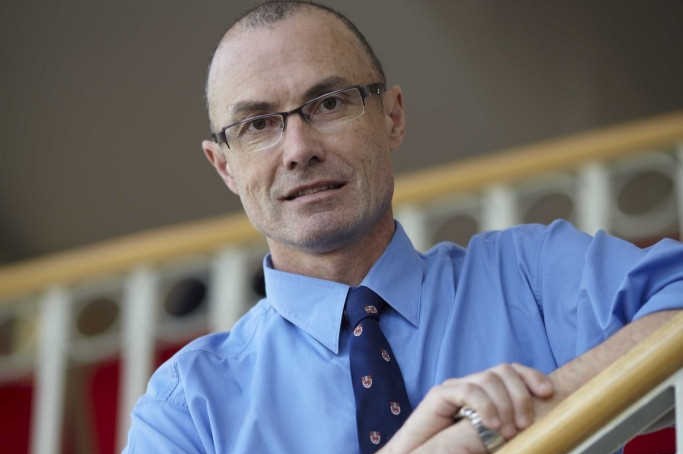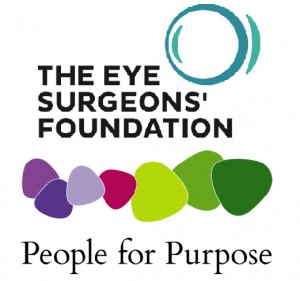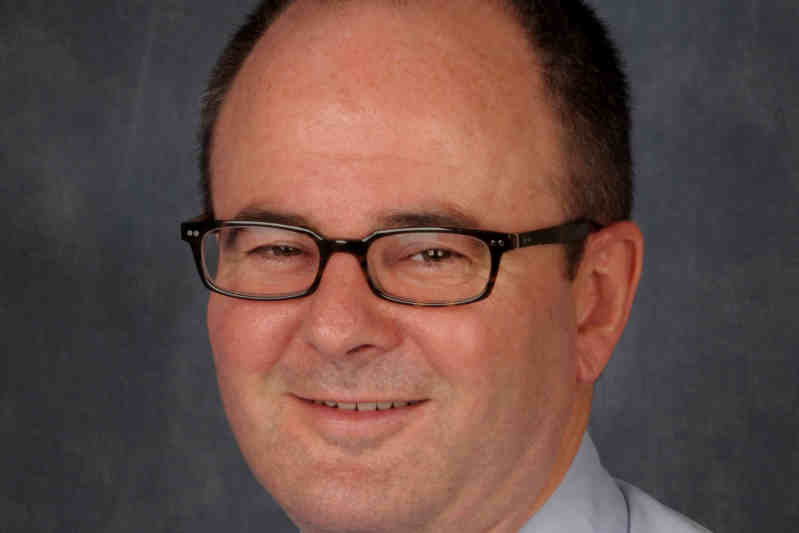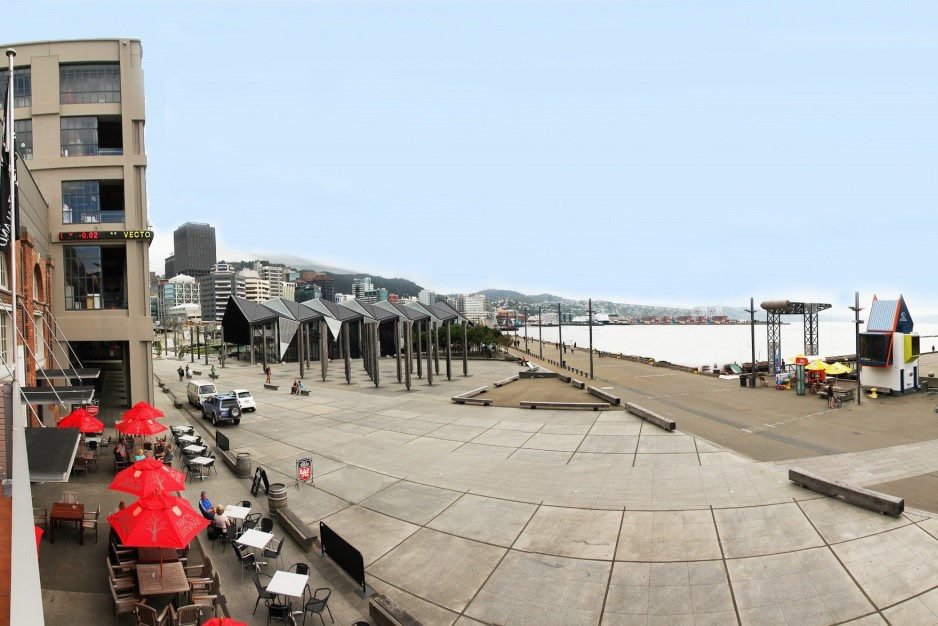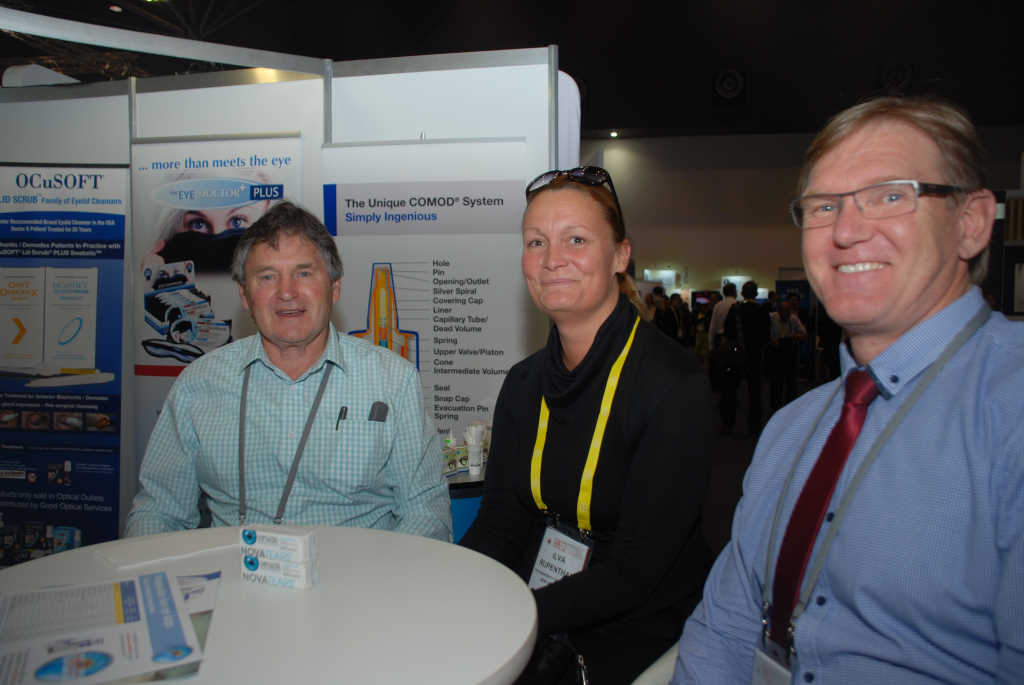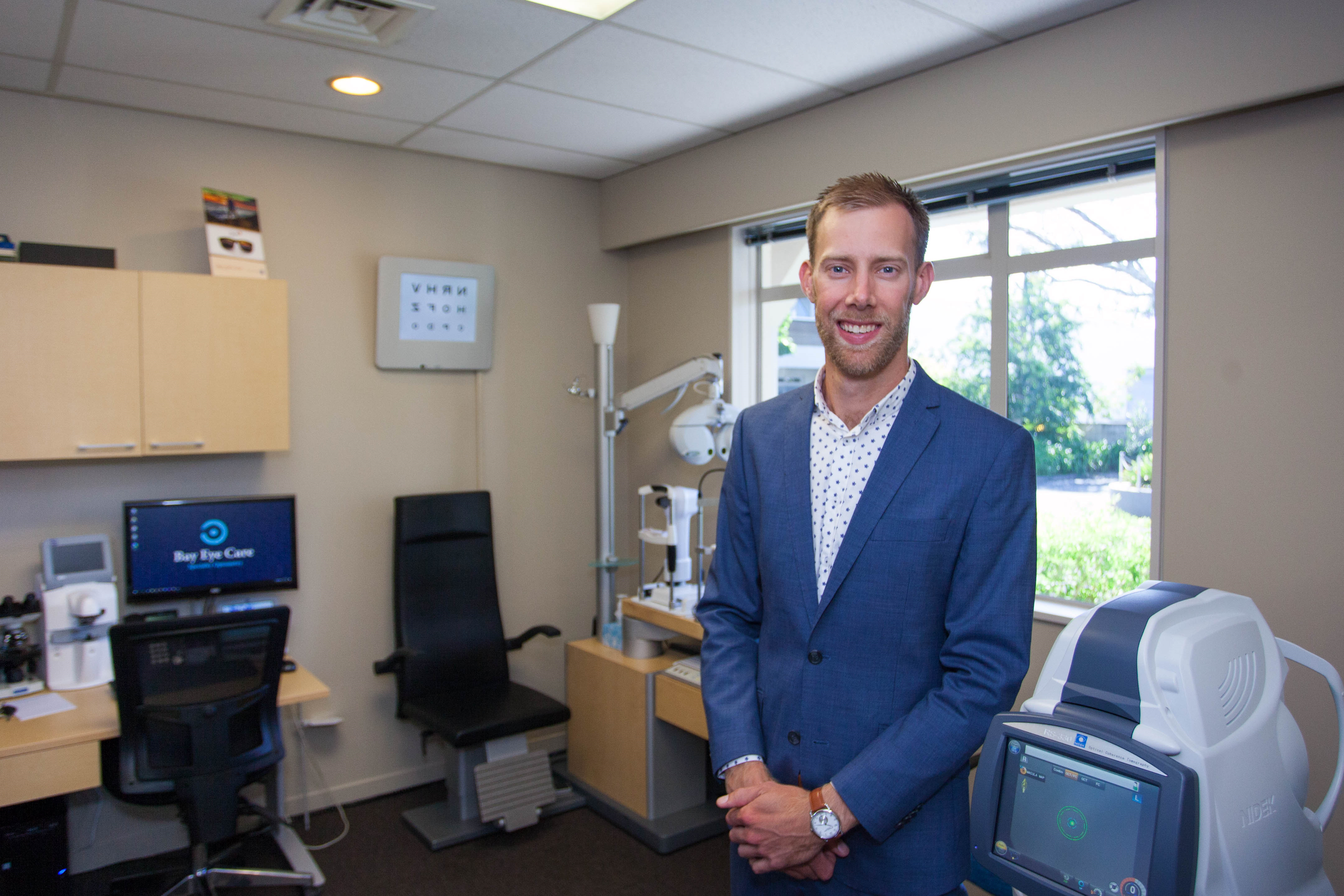CCLS NZ 2018: Celebrating 60 years with warmth and style
This year the Cornea and Contact Lens Society celebrated its 60th birthday. Though the educational content and knowledge has dramatically evolved over the last 60 years, the high standard of clinical learning and warm collegial environment never changes, making it always one of the better conferences to attend.
Following a popular OCT and glaucoma workshop on the Saturday and a night’s quizzing (with prizes kindly donated by specialty and custom contact lens manufacturer Precision Contact Lenses) this year’s one-day conference was opened by CCLS president Jagrut Lallu who introduced our first speaker, Associate Professor Jennifer Craig.
Dry eye advances
Jennifer discussed the widely-anticipated findings of the Tear Film and Ocular Surface Society’s second Dry Eye Workshop (TFOS DEWS II), which will no doubt become the basis for our in-office classification and care models for patients affected with dry eye symptomatology. She also explored the predisposition of the Asian eye to dry eye disease, with meibomian gland dysfunction and incomplete blinking being the main culprits, and discussed the dry eye elixir that is manuka honey. Research in the area of cyclodextrin-enhanced manuka honey-based ophthalmic products used to treat blepharitis and demodex-related issues has shown huge benefit and we now eagerly await these products becoming commercially available.
Optometrist-turned-doctor, Dr William Shew then discussed the early results of his chalazion study and the potential link between chalazia (or meibomian cysts) and dry eye, demonstrating how chalazae significantly alter lid anatomy. The majority resolve within six months, but a proportion require either steroid injection or incision and curettage. “This has important implications for those undergoing repeat procedures as meibomian glands have no regenerative capacity,” he said.
Dr Ilva Rupenthal continued the dry eye theme later that morning, introducing NovaTears, the most recent addition to the ocular lubricant market. This product is both lipophobic and lipophilic, arranging itself to offer the best contact to the ocular surface (lipophillic) and the atmosphere (lipophobic) without the use of H2O. By not having H2O, the product remains preservative free and carries no buffers, spreading readily across the eyes, feels like silk and remains longer on the eye than other ocular lubricants.
From iris reconstruction to Down Syndrome and keratoconus
Professor Charles McGhee wowed us with impressive surgical procedures that can be employed to reconstruct irises and regional areas of the cornea, such as in cases of corneal limbal thinning. He also presented some interesting and worrying figures on keratoconus rates among individuals with Down Syndrome tested at the Special Olympics. Prevalence as high as 37% may well suggest a need for screening with a view to cross-linking in this group of Kiwis.
An update on the economy
Having our ears trained on eyes all morning, it was delightful to see the return of Tony Alexander, chief economist at the BNZ, who provided an upbeat update on the New Zealand economy. In 2016 he discussed the effect on the economy of the Auckland housing crisis and the reduced dairy payouts, but this year his talk centred around increasing migration and investment in infrastructure, which are keeping us employed and house prices high.
Ortho-k to coating CLs and keratometry
After a break for lunch and time to catch up with colleagues, optometrist Alex Petty, always an enthusiastic speaker with clinically-relevant pearls, offered a commentary on a variety of everyday complications we see with specialty contact lens fitting, including ortho-k and the now more frequently used scleral lenses. It is always reassuring to find that those minor epithelial desquamations are being experienced by other speciality contact lens fitters, but also that they have fairly simple causes and solutions, such as dealing with solution toxicity and re-fitting techniques.
Auckland optometrist Emilie Langley then discussed the rates of ortho-k regression in patients coming out of their lenses, noting that regression rates are more rapid for higher prescriptions and female candidates in general.
Overseas guest speaker, Professor Heather Sheardown, from the chemical engineering department and optometry school at Waterloo University, Canada, talked about the benefits of coating contact lenses with different compounds. This included the use of hyaluronic acid to lower deposition and protein build-up to increase the lubricity and wettability of contact lenses to enable a more comfortable and tolerant experience for the contact lens wearer - the ultimate goal of her work.
Dr Dean Corbett spoke to us about new techniques employed in patients with radial keratotomy (common in the ‘80s and ‘90s) who now present with cataracts. This is a complex situation where patients have relatively unstable corneas, meaning the biometric data is compromised and thus their outcomes can be unpredictable.
Lifetime membership awards
To honour the 60th year of the CCLS, two lifetime memberships were awarded to Dr Malcolm McKellar and Alan Saks both of whom have contributed enormously to this Society and in the area of contact lenses.
Dr Malcolm McKellar was the one of the first optometrists to retrain as an ophthalmologist. He trained in New Zealand and then gained further subspecialty experience in treating diseases of the anterior segment, cornea and external eye in Israel and England. He helped established the Cornea Clinic at Christchurch Public Hospital, is a founding member of the New Zealand Ocular Tumour Service, has helped and continues to help train both optometrists and ophthalmologists and has served as an active Society councillor. He’s also been very active in charity work, donating his time and skills to the Volunteer Ophthalmic Services Overseas (VOSO) in Vanuatu and Fiji, and further afield in the Gaza Strip.
Alan Saks is a South African-born and trained third generation optometrist who worked for many years in New Zealand. A long-serving consultant and advisory board member to Johnson & Johnson Vision Care, he’s an advocate for new CL technologies, pushing for higher Dk lenses, safer systems and better performance. A former president of the Society, he now lives in Australia, where he continues to take part in workshops, international panels and conferences and write on all things contact lens.
We were lucky to have them among us.
A look back and forward to the next 60 years
After accepting their awards, Alan then went on to round out the weekend, regaling us with memories and wisdom from his years in practice and as a member of the Society. He reminded us how important the relationships are that we build in the profession and the role that the Cornea and Contact Lens Society has played for him, and continues to play for us.
After 60 years, it appears the CCLS is still going strong and we look forward to the next 60 years of friendship with colleagues who care for the anterior eye, contact lenses and, most importantly, the patients they’re attached to.
Roberta McIlraith is a CCLS councillor and Christchurch-based optometrist, specialising in specialty contact lenses, ortho-k, myopia control and fitting keratoconic corneas. Adele (Ralston) Jefferies is a therapeutic optometrist and national clinical manager for Matthews Eyewear Eyecare. She has a special interest in contact lenses, dry eye and other ocular surface disease, ocular therapeutics, ophthalmology co-management, patient education and optometric education.










